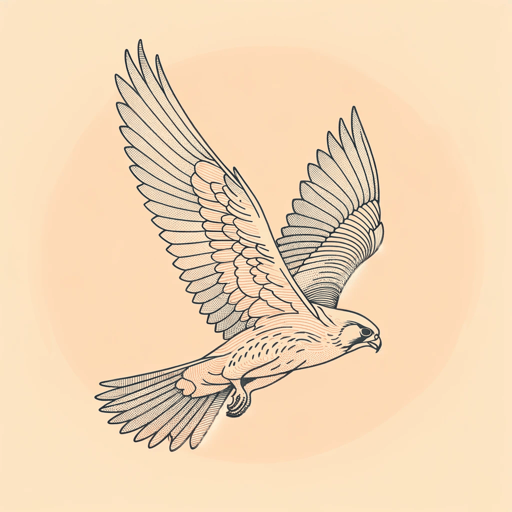26 pages • 52 minutes read
William Butler YeatsThe Second Coming
Fiction | Poem | Adult | Published in 1919A modern alternative to SparkNotes and CliffsNotes, SuperSummary offers high-quality Study Guides with detailed chapter summaries and analysis of major themes, characters, and more. For select classroom titles, we also provide Teaching Guides with discussion and quiz questions to prompt student engagement.
Themes
The Cyclical Nature of History
Yeats believed in the cyclical nature of the world, an interest that appeared thematically in his poems concerning life, death, and the repetition of history. In particular, he thought history cycled through a pattern every 2,000 years. His beliefs appear in the wording of “The Second Coming” and in his letter to a friend, in which he suggested that the poem predicted the Nazis’ rise to power. While Yeats didn’t specifically know that another world war was coming, he felt that the cycle was perpetuating and would culminate in some dark disaster.
Yeats first suggests the beginning of a cycle in the poem’s first few lines, with a falcon circling like a gyre. A gyre is a kind of vortex, often the swirling of an ocean tide. Yeats uses the gyre image to describe several spiritual phenomena that he and Georgie Hyde-Lees saw and experienced, and he uses it in reference to the nature of history in his book, A Vision:
Then the gyre develops a new coherence in the external scene; and violent men, each master of some generalization, arise one after another: Napoleon, a man of the 20th Phase in the historical 21st […] typical of all.
Related Titles
By William Butler Yeats
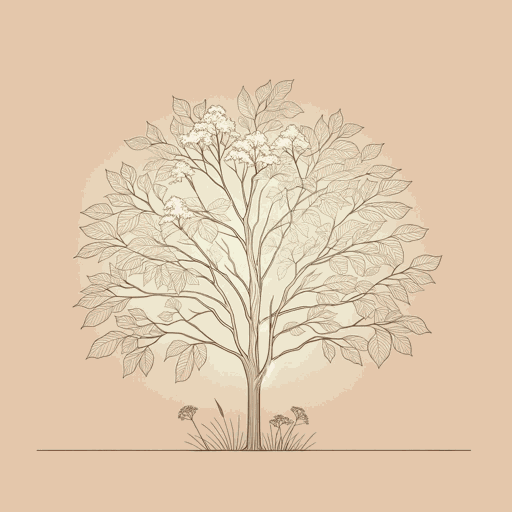
Among School Children
William Butler Yeats

A Prayer for My Daughter
William Butler Yeats
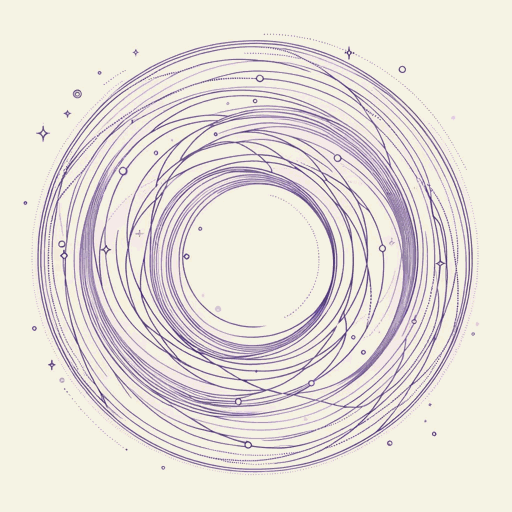
A Vision: An Explanation of Life Founded upon the Writings of Giraldus and upon Certain Doctrines Attributed to Kusta Ben Luka
William Butler Yeats

Cathleen Ni Houlihan
William Butler Yeats

Crazy Jane Talks with the Bishop
William Butler Yeats
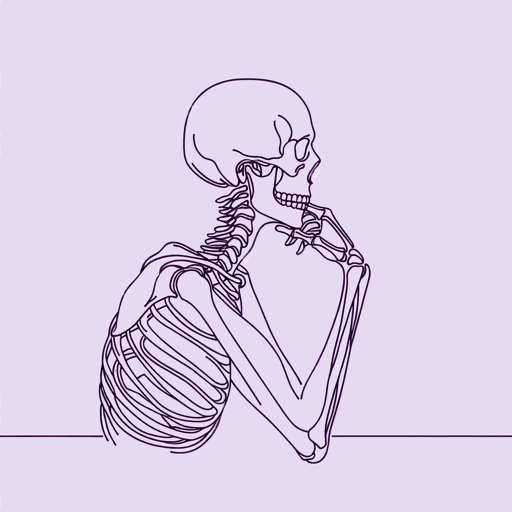
Death
William Butler Yeats
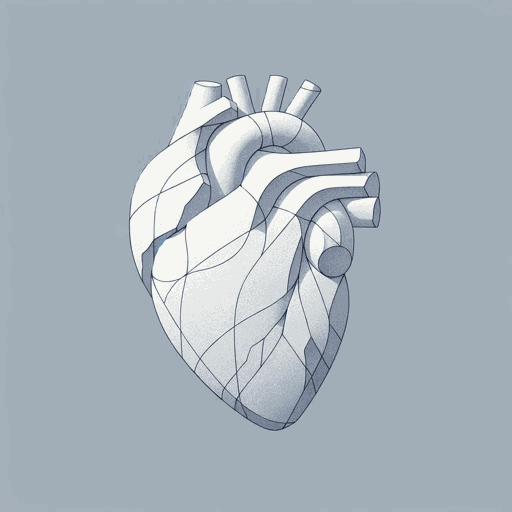
Easter, 1916
William Butler Yeats

Leda and the Swan
William Butler Yeats
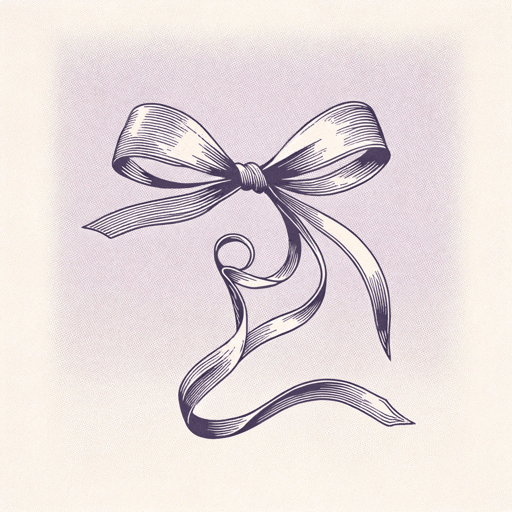
No Second Troy
William Butler Yeats
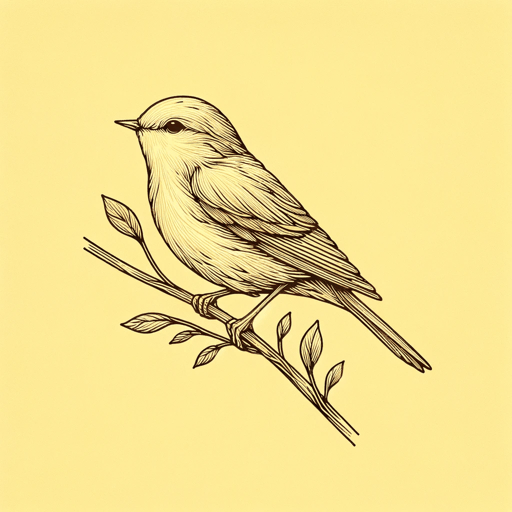
Sailing to Byzantium
William Butler Yeats

The Lake Isle of Innisfree
William Butler Yeats
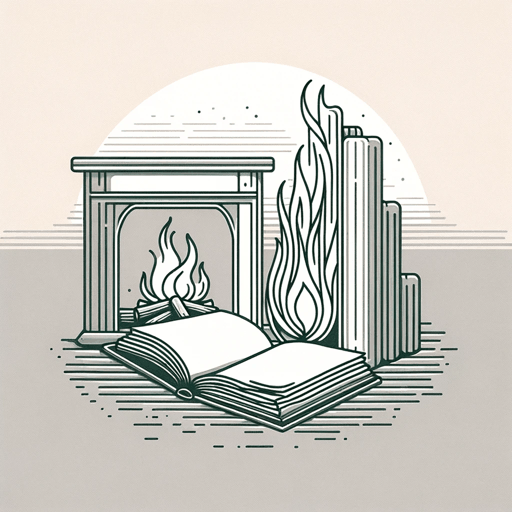
When You Are Old
William Butler Yeats
